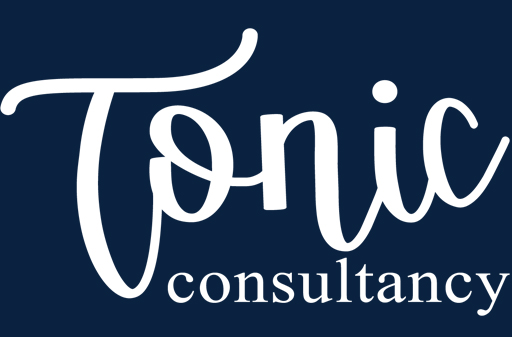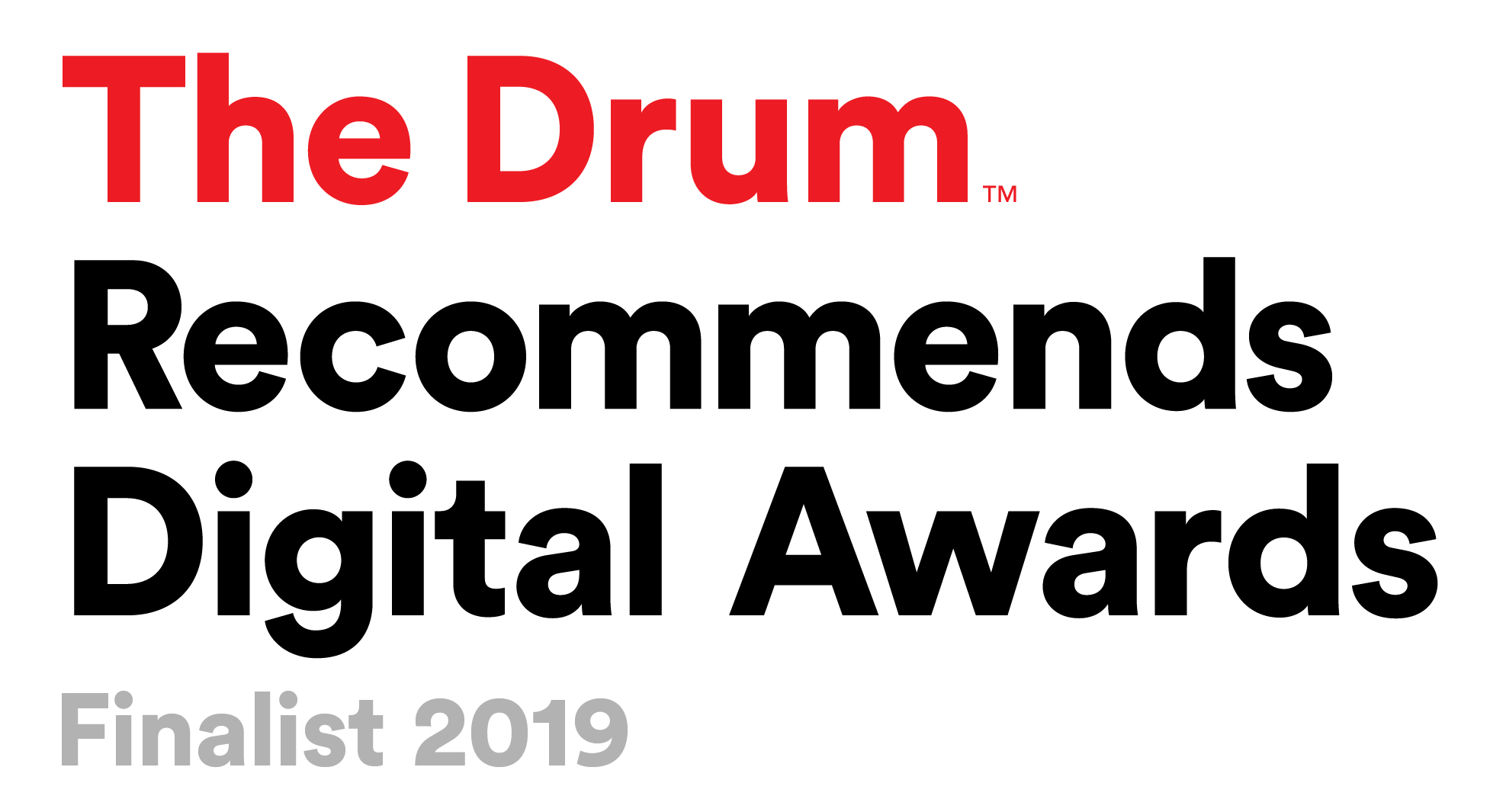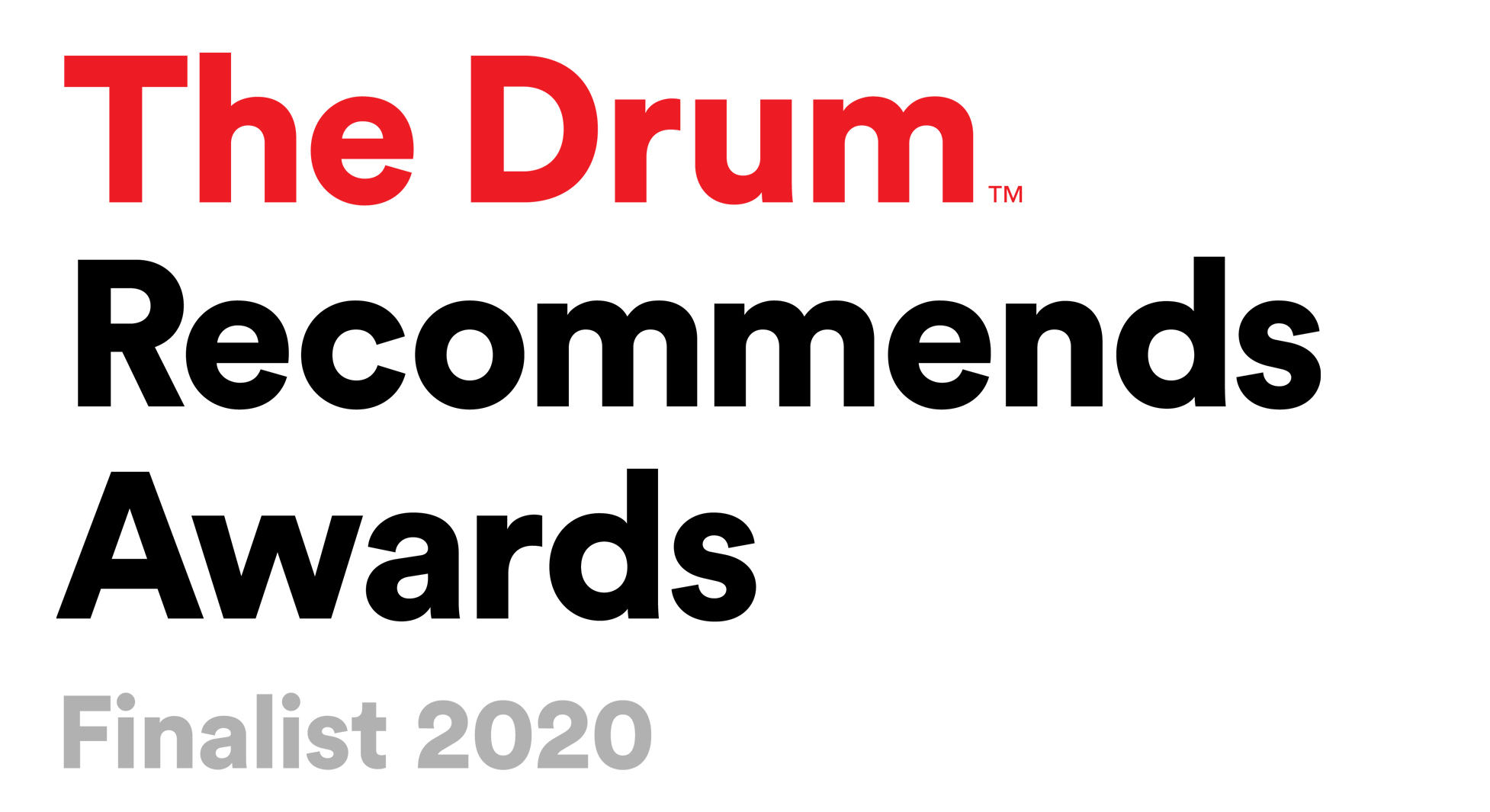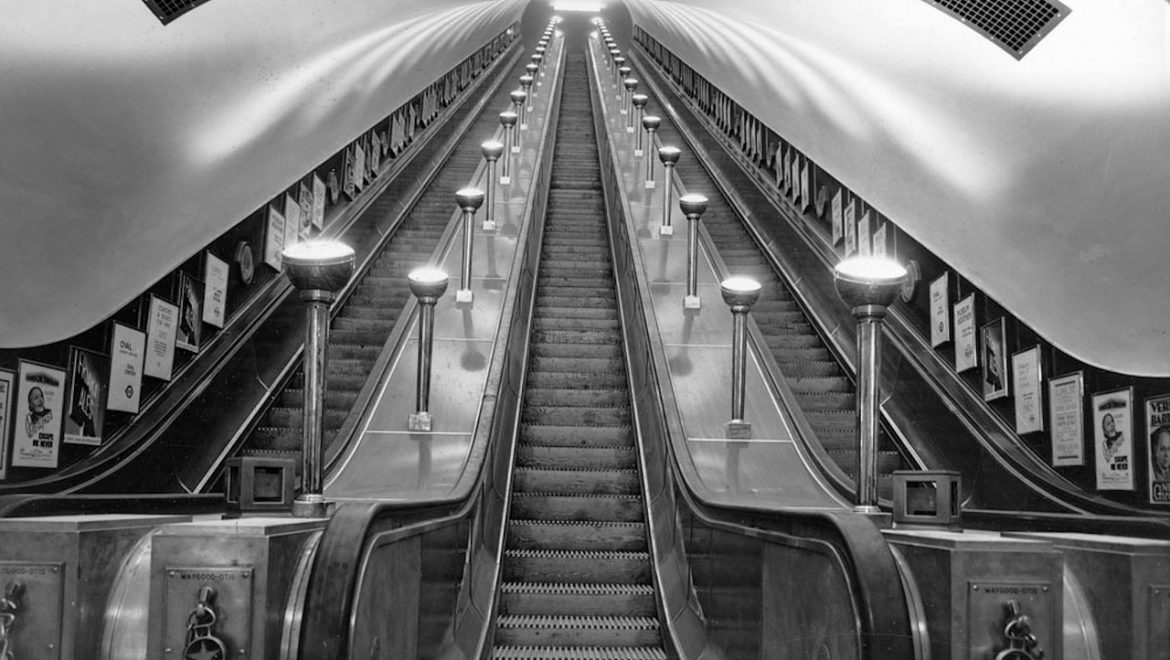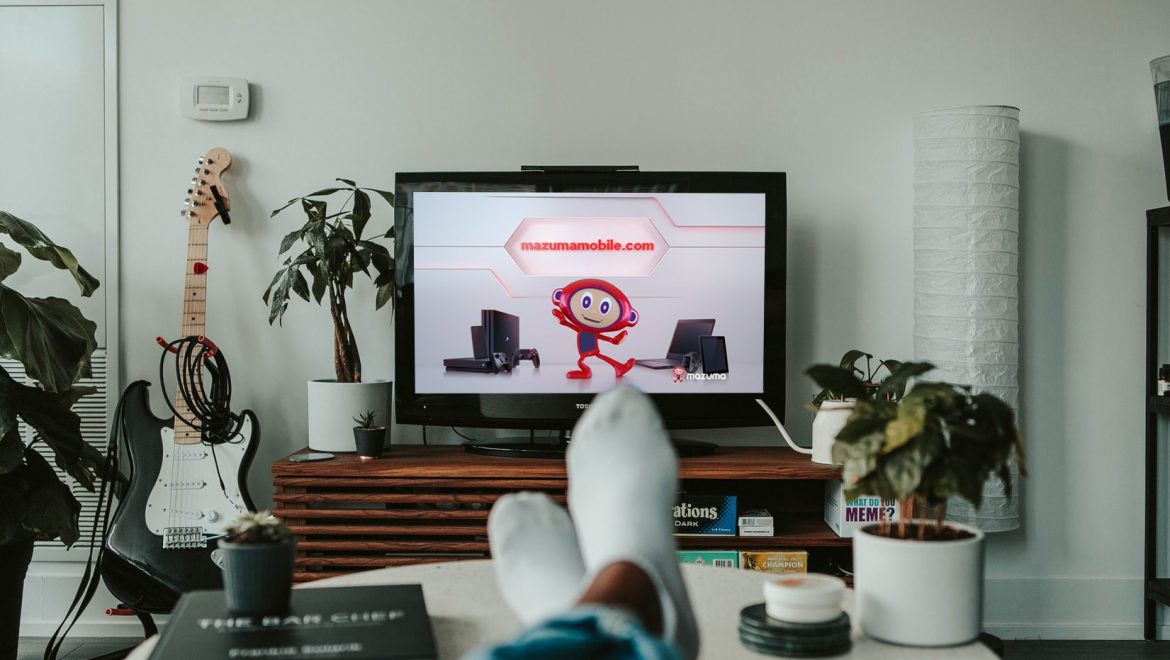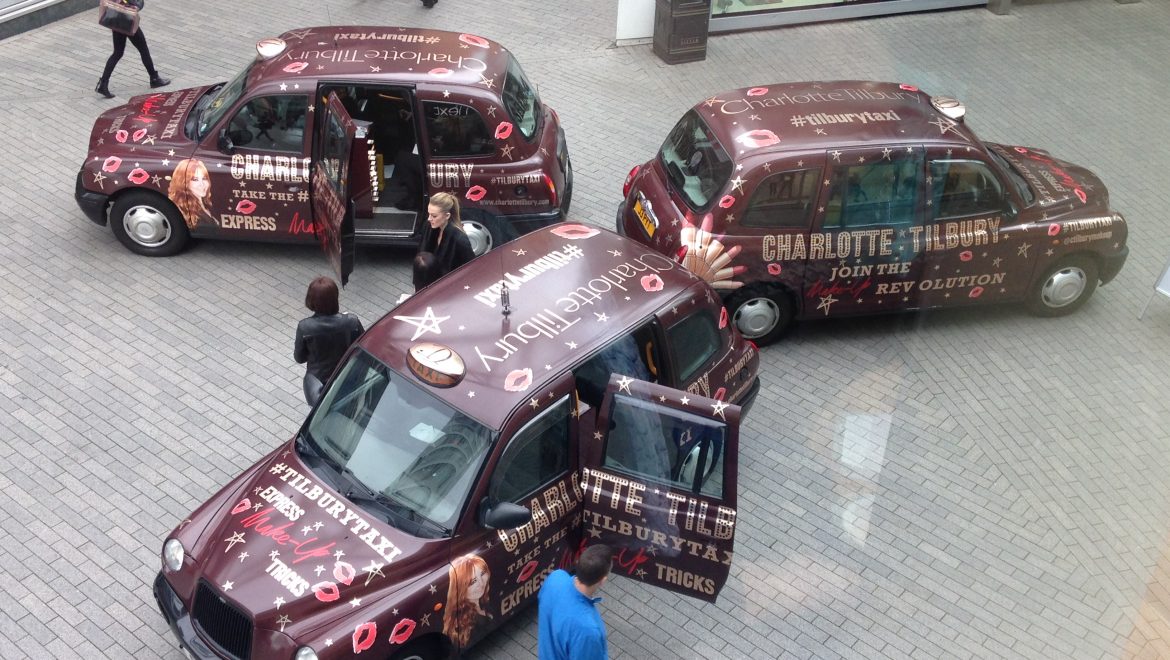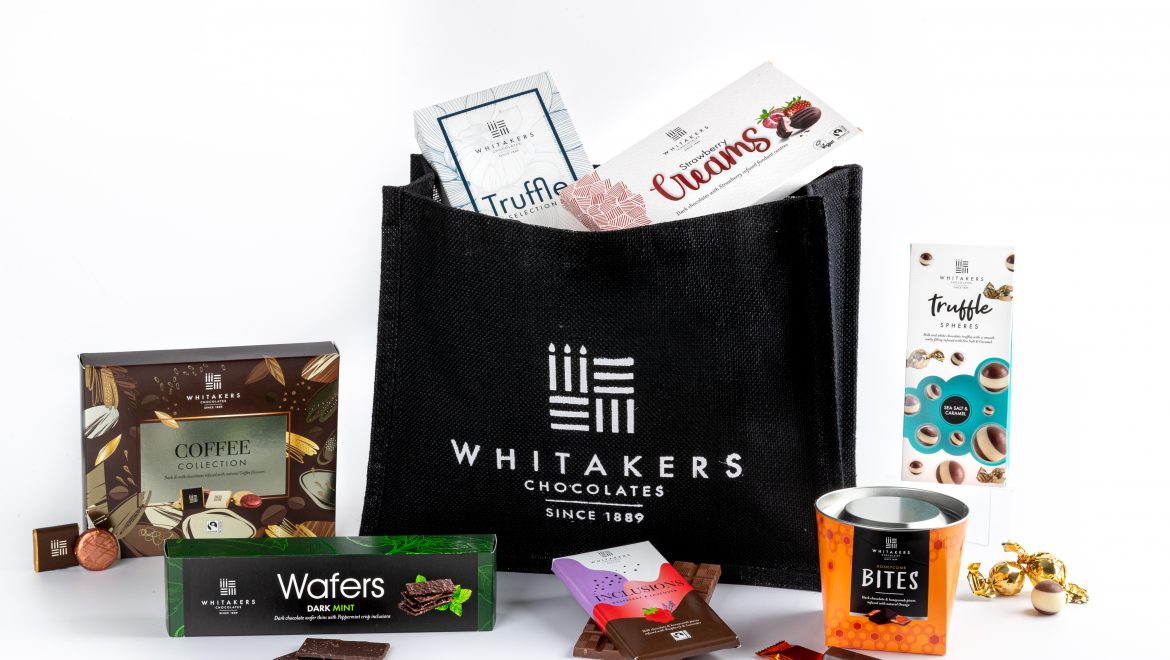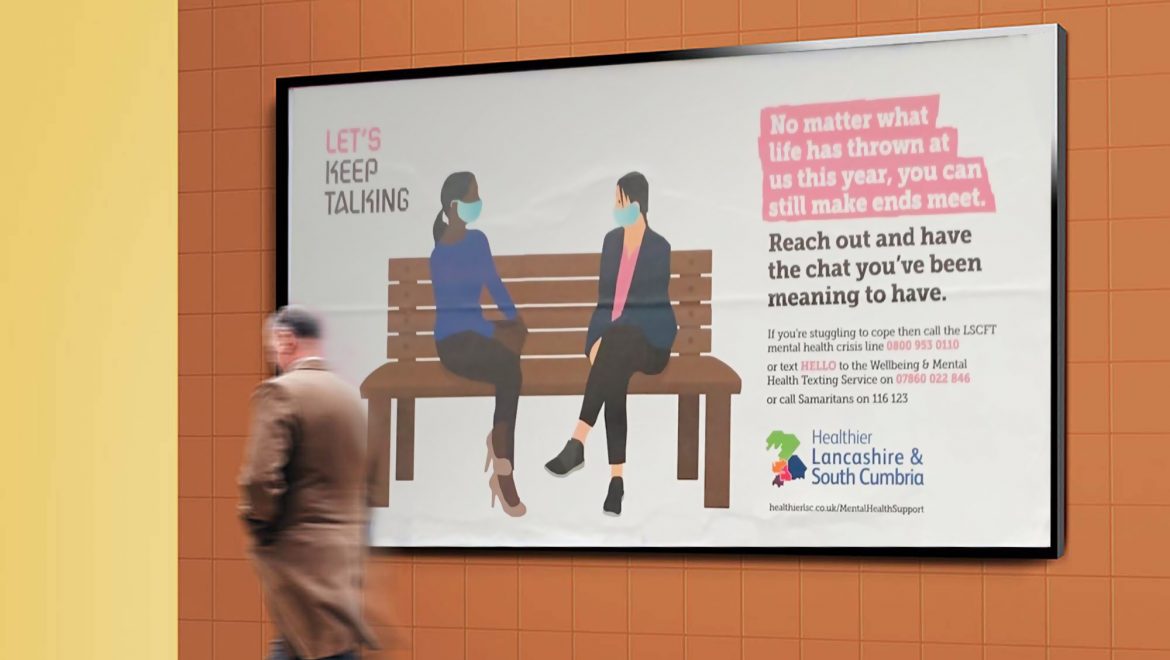Why Advertise On London Underground
The London Underground, the capital’s rapid transit system is as much of an icon of the city as any of the popular landmarks. Serving the Greater London area and some parts of Buckinghamshire, Essex and Hertfordshire, the Tube sees 4.8 million passengers every day, carrying them through the 400km network and 270 stations.
This means that London Underground, and the new Elizabeth Line, is a prime location for advertising in a city that has a population of nearly nine million, as well as the millions of tourists who visit the capital every year. Many companies, large and small, advertise on the London Underground to promote their brands, products, and services.
It is easy to see why advertising on the underground is so popular with businesses, having such a wide reach. We have a look at what the options available for advertising on the London Underground are, the costs factors, and the benefits for your business.
What is London Underground Advertising?
London Underground advertising is out-of-home advertising that leverages the infrastructure of the Tube network, to promote brands, products, and services.
Not only does London have a population of around 8.9 million, but it is the destination of millions of visitors every year, including people in London on business and tourists from other parts of the UK and from overseas, many of whom take regular trips across Greater London on the Tube.
This potential exposure to a diverse demographic of people makes advertising on London Underground a popular and profitable investment for many businesses, as they are able to target audiences on platforms, lifts, and elevators who have the time to take in marketing messages while they wait.
According to statistics:
- 4.8 million people use the London Underground every day.
- 47 per cent of London Underground commuters only use the tube to commute.
- 60 per cent of London Underground users notice when advertising on the Tube is changed.
The advertising options available on the London Underground are varied and have long been proven to be effective. It does mean that there is much to consider when developing a marketing campaign.
Advertising options for the London Underground
Let’s have a look at the options available to you for advertising on the Tube.
LEPs (Stair, lift and escalator panels) – These are the posters typically seen at the side of the escalators and in lifts as you travel to and from train stations and tube platforms. LEPs are the most popular form of London Underground advertising, and while traditionally printed on paper, there are also digital display LEP panels in larger stations.
LEPs are seen by anyone standing on the escalators or using the lifts, and therefore have a high impact on the majority of passengers. But with so many LEPs on every line, your advert must have strong clear messages to get the point across quickly as the dwell time is short. This form of advertising allows you to easily target key stations for a greater ROI.
Tube Tunnel Adverts – These large format posters on Tube walls have a greater impact than LEPs, and are seen by passengers standing on platforms. They are typically favoured by larger and international brands for advertising and help to build brand awareness.
Passengers are often waiting for a few minutes on platforms, which means there is more time for the message to be absorbed and understood given the longer dwell time.
Large format posters on station platforms – Smaller and cheaper than Tube Tunnel Adverts, these 4- or 6-sheet posters have similar benefits and are typically bought in packages consisting of more than one poster.
This allows advertising to be spread throughout different platforms and stations, increasing the reach and impact with London Underground passengers.
Walk-way branding – This form of advertising is popular with larger businesses, but it can be expansive, and thus needs a far larger budget. It can involve branding entire walkways or monopolising all the posters in one section of a station.
Consider the rebranding of Piccadilly Circus as ‘Picardilly Circus’ to advertise the launch of the new Star Trek Picard series on Amazon Prime in 2020. This generated national media coverage and delighted passengers, whether they were Trekkies or not!
The main benefit of this form of advertising is that passengers are unable to escape it, as they will have to walk through a plethora of posters and branding to reach their destination. They are ideal for product launches or niche events and tend to become talking points with Tube users, and can even become viral.
Adgate advertising – This is advertising placed at the gates that all tube users need to pass through, whether to tap Oyster cards, bank cards, or use their tickets. As every passenger has to go through these gates, it is a popular form of advertising as it gets a lot of exposure and attention. It is also commonly paired with adgate advertising at railway stations.
Concourses/ticket area/entrances – To complement advertising campaigns throughout the Tube tunnels, platforms and LEPs, simple poster sites in the concourses are a popular choice. These can target an audience that may be buying tickets, waiting for friends, or more.
Tube train advertising (aka tube seat advertising or tube car panels) – These are the small posters seen above seats on the Tube carriages. They are typically eye-catching and seen by passengers as they travel.
With mobile phone reception being spotty at best on the London Underground, passengers often have little to do or look at while travelling to their destination, meaning that this option can be very effective and reaches every stop along that particular line.
What are the costs involved in advertising on the London Underground?
There are a number of factors which will determine the cost of advertising on the Tube, including:
- Time of year – as with any outdoor marketing campaign, it is recommended to book as far ahead as possible, particularly to target key dates, for instance, Christmas, Mother’s Day, Valentine’s Day, etc, to ensure you get the best rates and the prime underground sites.
- Format of advert – Size matters! Smaller posters will almost always be cheaper than large format posters.
- Choice of stations – Stations closer to Central London, and thus with greater daily footfall, will be more expensive than those on the outskirts of the capital. It would be advantageous to consider your target market and if you want to focus on certain parts or demographics of Greater London.
- Advertising campaign length – while it is more expensive to have posters stay up for a prolonged period, it is proven that longer campaigns have a far better ROI. London Underground advertising typically has a minimum of two weeks, while many advertisers tend to do a month or more.
To find out more information and the specific costs for advertising on the London Underground, you will need to consider exactly what you are promoting, your budgets, when you want to advertise, and where you would like to advertise. London Underground advertising can be expensive, but it is very cost-effective and produces great results.
What are the Benefits of London Underground Advertising?
There are many benefits to advertising on the London Underground, as outlined above, but the main benefits for your business are:
- Huge exposure and a receptive advertising environment
- The ability to target stations with key messaging
- The potential to be seen by people from all over the Uk and the world, not just London residents and commuters
- A wide range of options to suit all budgets
- Adept at establishing and maintaining a positive brand perception.
If you’d like to find out more about advertising on the London Underground and how it can benefit your business, then come and talk to our experts at Tonic today!
